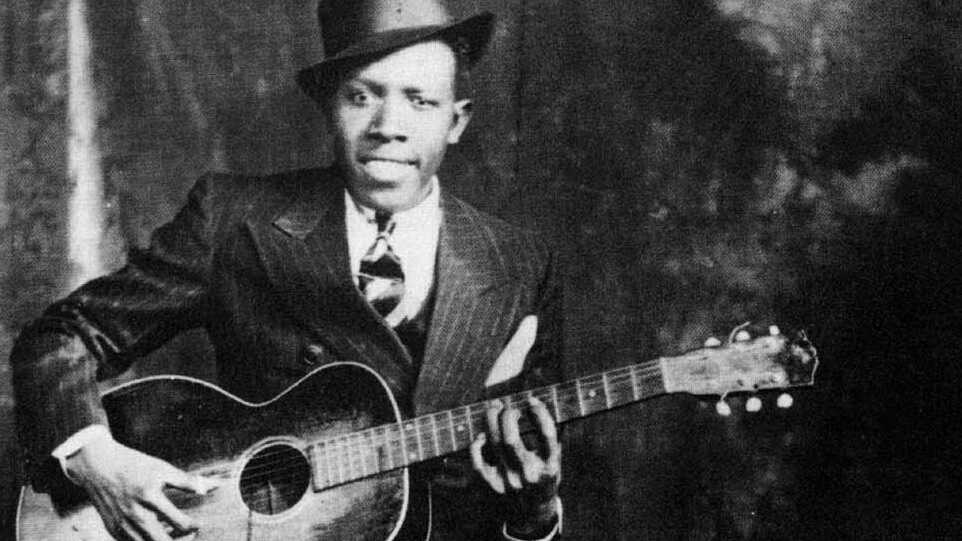The Musical Element
Along with Jazz music, blues music began to emerge in the post-civil war era. Albeit poorly documented, what we do know about Blues music is that it was inspired by field hollers, church music, and ragtime music, along with the folk music that was popular amongst the white population. Blues music was largely played by Southern Black men, and it rose to prominece in three regions of the United States: The Carolinas, Mississippi, and Georgia, each region with its distincitve form of blues music. with the Carolinas' music generally being more melodic than that of Mississippi and Georgia. Ever since the success of Mamie Smith's "Crazy Blues" cover in 1920, many other black artists signed contracts with huge record labels such as Paramount, Columbia, and OKeh. Some of these artists included Ida Cox, Louis Armstrong, and King Oliver. Since then, blues music has had a giant influence on many genres to come, and it is hard to overstate its importance in American culture.
In Blues music, the main lineup of instruments is somewhat similar to that of Jazz music. Generally, classic blues music can feature instrument such as drums and double bass for rhythm, and then saxophone, guitar (often electric), piano, and brass instruments (usually with mutes) are usually on the front line and provide listeners with a catchy melody and the classic "crunchy" and slightly distorted tone found in many blues songs. There are many subgenres of blues music that give it its wide range to sound and instrumental elements. For instance, one of the most popular forms of blues in the 20th century was delta blues. Delta blues largely incorporated acoustic guitar and harmonica, and had a more country driven sound, with some of its most famous artists including Robert Johnson, who is known as the "King of Mississippi Delta Blues". There is also fusion genres of blues such as Soul Blues and Blues rock. Soul blues incorporates soul music with heavier influence of R & B and gospel music, with great use of electric guitars, trumpets, and christian influenced rock. Blues rock is a fusion genre of blues and rock music, it includes the typical rock instruments such as guitar, drums, and bass. White it also uses chord progressions and other blues elements to give it a more rhythmic and catchy feel.

When it comes to the technical elements of blues, it can also be pretty similar to the elements prominently featured in Jazz. The average tempo of a blues piece can range anywhere from 40-100 beats per minute, blue songs are known for their slow yet catchy groove. Although there are some speedy blues songs, such as Blue For Mama by Nina Simone, which clocks in at 183 beats per minute. When it comes to time signature, like many other forms of music, blues music is written in 4/4 time, although the time signature can vary in some songs, such as the aforementioned "Blues For Mama" song which is written in 3/4 time to give it a more dancy, waltzy feel. As for the keys used, the most popular keys in jazz are F Major, E-flat Major and B-flat Major. The reason why these keys are so popular is similar to Jazz. "Horn" instruments (such as french horn, trumpet, etc.) are prominently featured in blues music, so it is easier for horn players to play certain keys. As mentioned before, they are transposing instruments that are pitched in E-flat and B-flat, so keys such as B-flat Major and F major would allow them to play with ease, so composers of blues music tend to gravitate the music to make it easier for horn players. When it comes to the dynamics of a blue song, some genres suchas delta blues have a soft, smooth, folky sound that reflects traditional culture, while other genres like blues rock tend to have a heavier beat and are usually louder, with more rock-influenced sound. Chord progressions also play a huge role in the musical intergrity of blues. The most common one is I-IV-V, this is due to its overall simplicity, and it is based on the perfect cadence, which gives it a more finished feel.
